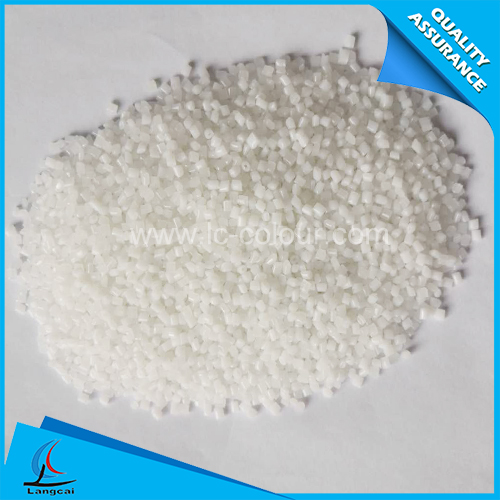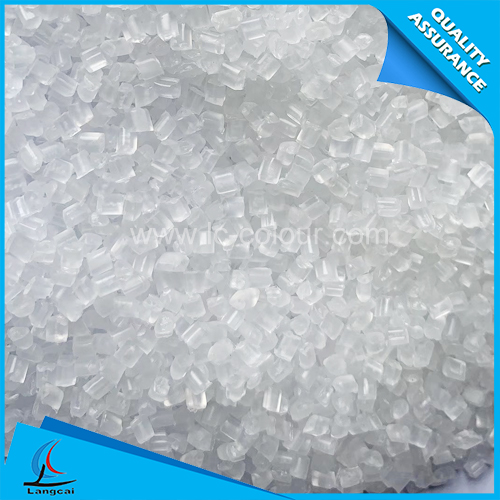- Nonwoven Fabrics
- Tailor Made Masterbatch
- Plastic Masterbatch
- Chemical Fiber Masterbatch
- Functional Masterbatch
- Machinery
- Spunbond PP Nonwoven Masterbatch
- Mono Color Masterbatch
- Liquid Color Masterbatch
- Non-woven Masterbatch
- Polyester Fiber Masterbatch
- Nylon Fiber Masterbatch
- Polypropylene Fiber Masterbatch
- Lab Nonwoven Machine
- Lab BCF Machine
- Dryer
- Filler Masterbatch
- How can the refined cotton industry navigate through the trade fog between China and Japan
- Why choose Mono Color Masterbatches? Three major advantages highlight value!
- The "Symbiotic code" between domestic and overseas markets
- The application advantages of Plastic Masterbatches are remarkable!
- How will the "balanced development of imports and exports" be promoted during the "15th Five-Year Plan" period?
- Why choose Mono Color Masterbatches?
- Phone:00836 - +86-535-8484358
- Email:wendy@ytlc-colour.com
- Address:DALAN INDUSTRIAL PARK, ZHANGXING TOWN, ZHAOYUAN CITY, SHANDONG, CHINA
Guide to the Use and Storage of Mono Color Masterbatches!
Mono Color Masterbatch is a highly efficient colorant made by uniformly loading high proportions of pigments or additives onto resin carriers, and is widely used in the production of plastic products. The standardization of its use and storage is directly related to the color quality, production cost and production stability of the final product.
I. Scientific Use
When using Mono Color Masterbatch for coloring, the following key points should be followed:
Precise proportioning: Based on the target color depth and the tinting strength of the masterbatch, the mixing ratio of the masterbatch to the base resin is determined through precise metering equipment. Inaccurate proportions can lead to color deviation, color difference or uneven coloring.
Uniform mixing: Before being put into processing equipment such as injection molding machines and extruders, it is essential to ensure that the masterbatch and the base resin are thoroughly and evenly pre-mixed. Mechanical mixers or drum mixers can be used for mixing, which is a key step to avoid blemishes such as color spots and streaks.
Process fine-tuning: After introducing the masterbatch, the process parameters such as processing temperature, back pressure, and screw speed can be fine-tuned according to the actual situation. Some pigments are sensitive to temperature. Excessively high temperatures may cause decomposition and discoloration. Therefore, under the premise of ensuring plasticizing quality, an appropriate processing temperature should be adopted.
Second, store properly
The correct storage method is the prerequisite for maintaining the stable performance of Mono Color Masterbatches. The following points should be given special attention:
Moisture-proof and damp-proof: Masterbatches should be stored in a cool and dry indoor environment, avoiding direct contact with the ground and walls. It is recommended to use pallets to raise them. A humid environment can cause masterbatches to absorb moisture, generating water vapor during high-temperature processing, which can lead to the appearance of bubbles or silver streaks in the products and also affect their dispersibility.
Sealed packaging: For masterbatches that have not been used up after opening, the packaging bag opening must be resealed in a timely manner to prevent dust, impurities from falling in and volatile substances from escaping. It is recommended to follow the principle of "first in, first out", rationally arrange inventory and reduce the time materials are exposed to the air.
Avoid high temperatures and direct sunlight: The storage environment temperature should not be too high, and it should be kept away from heat sources and direct sunlight. Long-term exposure to high temperatures or ultraviolet rays may cause performance degradation of the carrier resin or pigment in the masterbatch, affecting its tinting strength and mechanical properties of the product.
- Why choose Mono Color Masterbatches? Three major advantages highlight value!
- How can the refined cotton industry navigate through the trade fog between China and Japan
- The application advantages of Plastic Masterbatches are remarkable!
- The "Symbiotic code" between domestic and overseas markets
- Why choose Mono Color Masterbatches?
- How will the "balanced development of imports and exports" be promoted during the "15th Fi
- What are the prominent advantages of Plastic Masterbatches?
- The opening ceremony of the 9th China Textile Intangible Cultural Heritage Conference was
- Explore the performance optimization and efficient coloring of Mono Color Masterbatches!
- What pressure does the United States' promotion of US-India trade cooperation bring to Chi


